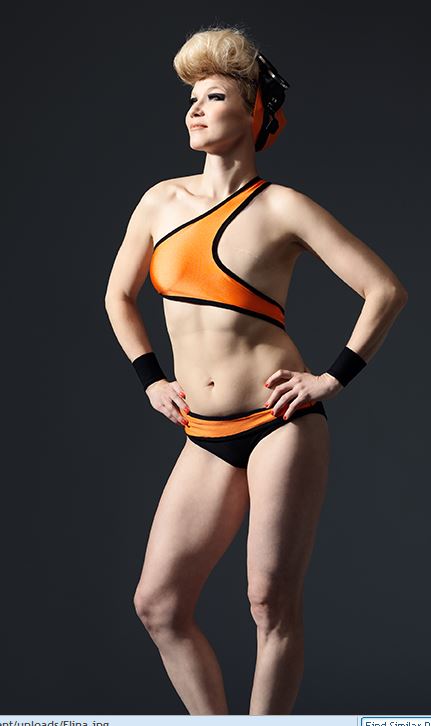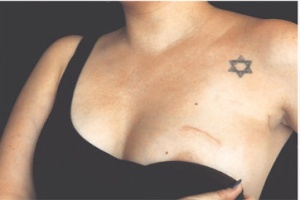from The Huntington Post, Ryan Grenoble, posted 5/28/14:
“Who says you need two?”
That’s the question a group of breast cancer survivors and supporters are asking after founding “Monokini 2.0,” a social art project centered on swimwear designed for women who have had a mastectomy.
“We think that the current focus on a breast-reconstruction after mastectomy as the only way to a full life, is a breast-fixated way of seeing what a woman is,” the group wrote on Facebook. “We want to incite a positive self-image of breast-operated women by showing that you can be whole, beautiful and sexy even with just one breast or with no breasts at all.”
Monokini 2.0 features the work of seven fashion designers from Finland and the U.S., and a handful of models who have lost one or both breasts as a result of a mastectomy.
The project is the brainchild of Elina Halttunen, a breast cancer survivor. In a release, Halttunen explained the idea came from her own experiences after having had a breast removed:
“I do not want to hide, I do not want to stop swimming, I do not want to undergo extensive plastic surgery operations, and I do not want to be forced to use the uncomfortable prosthesis on the beach,” Halttunen said in a release, explaining that the idea came from her own experiences after having had a breast removed. “I want to feel as free and active as I did before my cancer, and I am pretty sure that there are others out there like me.”
To view some of the bathing suit line and the courageous and natural women who model them, visit http://www.huffingtonpost.com/2014/05/28/monokini-2-breast-cancer-swimwear_n_5405377.html?utm_hp_ref=mostpopular


 Interesting new technique. Here’s my concern…. when I was diagnosed with DCIS (ductal carcinoma in Situ), they identified one area. Post mastectomy and upon analysis of the tissue removed, they found other DCIS cells not previously identified.
Interesting new technique. Here’s my concern…. when I was diagnosed with DCIS (ductal carcinoma in Situ), they identified one area. Post mastectomy and upon analysis of the tissue removed, they found other DCIS cells not previously identified.